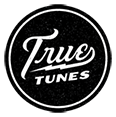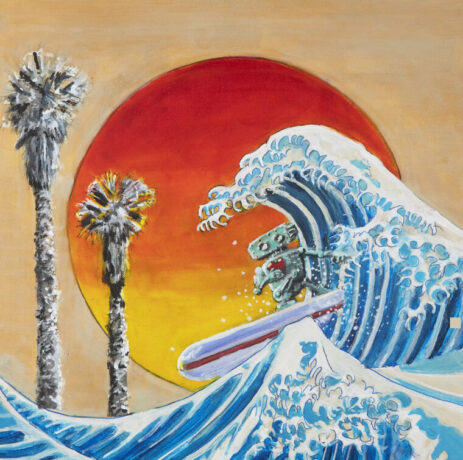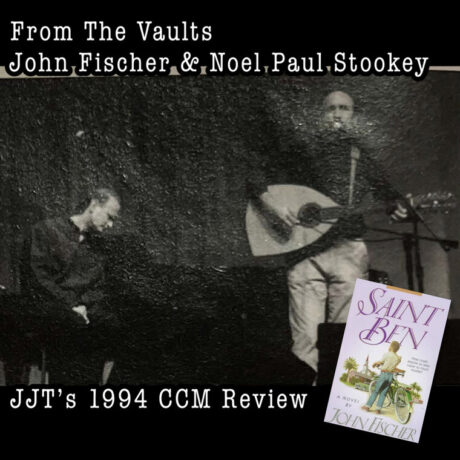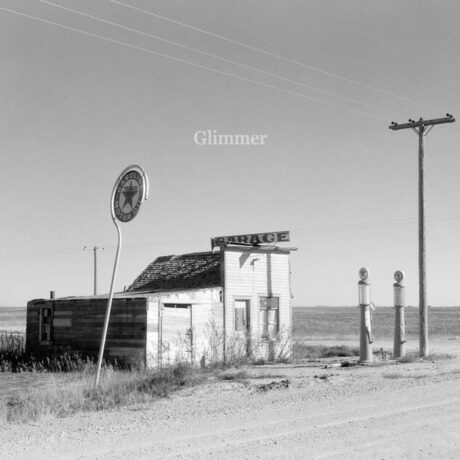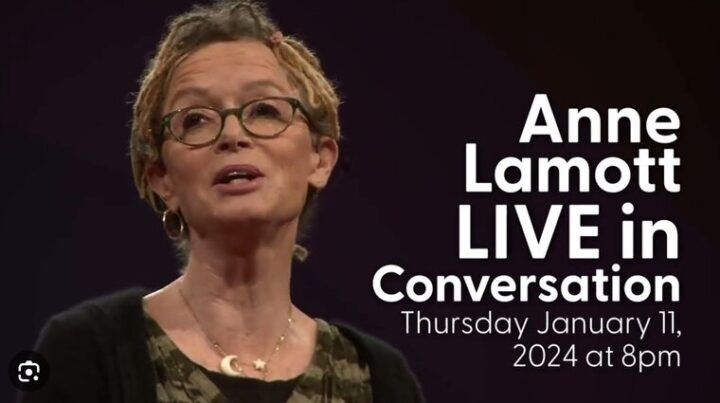Fourth Wave: The Reality Rock Collection (reviewed by Dan MacIntosh)
Fourth Wave: The Reality Rock Collection
Various Artists
No record, not even a two-LP set, can ever replicate the sonic thrills of experiencing Southern California’s redemptive alternative rock movement during the ‘80s and the ‘90s. With many of the larger Calvary Chapel churches presenting regular Saturday night concerts, it was possible to experience loud, edgy spiritual rock & roll nearly every weekend. This was hardcore heavenly. Those were the days, my friend, we thought they’d never end. They’re now but a memory. Ah, but such a beautiful recollection! While it’s not advisable to take too many trips down memory lane, this new Fourth Wave collection is well worth the travel time.
Reality Rock in Redlands, California was at the center of this movement, with a ministry that included a radio program and concerts. Fourth Wave is a 19-song collection highlighting some of the best artists from that era, and Reality Rock consistently featured all of these acts. These may not have been the most commercially successful artists from the period. No DC Talk or Newsboys here. Instead, they were mainly California-grown performers, many of which recorded for SoCal-based record labels, like Frontline and Brainstorm. And like the pictures that decorate the inside fold of the album package, these are musical photographs of a memorable musical movement.
A few of these troubadours are still active, too, like The 77s and The Choir. Most, though, only perform occasionally. The Prayer Chain and Undercover recently gave one-off performances, but don’t expect any cross-country tours from either any time soon. Then there are the acts you may likely have forgotten about. Remember Raspberry Jam, Mat At The World, and Asight Unseen? All great, but basically inactive now.
Tracks that stand out most are ones that feature the late Gene Eugene (and Eugene cronies). The album opens with “Bad News On The Radio,” taken from Adam Again’s Homeboys album. This was Eugene’s primary band before he ventured out into Swirling Eddies and Lost Dogs territory. At the time, Adam Again shared saxophonist Dan Michaels with The Choir. However, Adam Again oftentimes captured Michaels’ sexier playing style, and “Bad News On The Radio” is a prime example of Michaels’ funkier side. Taken from a many times biographical album, “Bad News” was/is an ominous depiction of city life. It’s not explicitly spiritual, but more observational. Like much of the redemptive alternative rock at the time, it was more about presenting a perspective, rather than any specific gospel message. In other words, it completely sidestepped any hint of spiritual propaganda. The aforementioned Lost Dogs are spotlighted with “Breathe Deep,” a worshipful song Roe still sings (when accompanied by The Choir’s Derri Daugherty) to this day. It may be the most inclusive worship song, ever. Everybody can find themself represented somewhere in it. All the good, the bad, and the ugly are enclosed within.
The Lost Dogs are like the intersection of California’s most essential artists, and originally included Eugene, Terry Taylor, Daugherty, and Roe. Roe’s 77s are heard performing “The Lust, The Flesh, The Eyes And The Pride Of Life,” to this day, still one of the band’s bands best songs. Daugherty’s day job, The Choir, is represented by “Kissers And Killers,” with a lyric that reminds us how the band isn’t always beatific choir boys. All that’s missing is a Terry Taylor Daniel Amos song, which would have covered all bases.
They say California – for better or worse – is usually the first to implement many social changes. California does it, then the rest of the country (and oftentimes, the rest of the world) follows. Such can also be said about California’s redemptive rock music during the ‘80s and the ‘90s. While much of the youth music at that time sounded like a sanitized version of rock & roll, the artists on this compilation came off indistinguishable from what was being played on secular Pasadena alternative rock station, KROQ. These performers weren’t looking to Nashville for their inspiration; they were being inspired by edgier sounds on alternative radio. Granted, a few of these acts have rereleased some of these tracks on vinyl. Still, many others haven’t. Yet, much like a high school yearbook, this record – with its two blue wave-colored platters – is like a tangible nostalgic keepsake. Simply put, it’s a collection that does a fine job documenting an explosively creative scene that is unforgettable – even without this welcome auditory document.
-Dan MacIntosh
